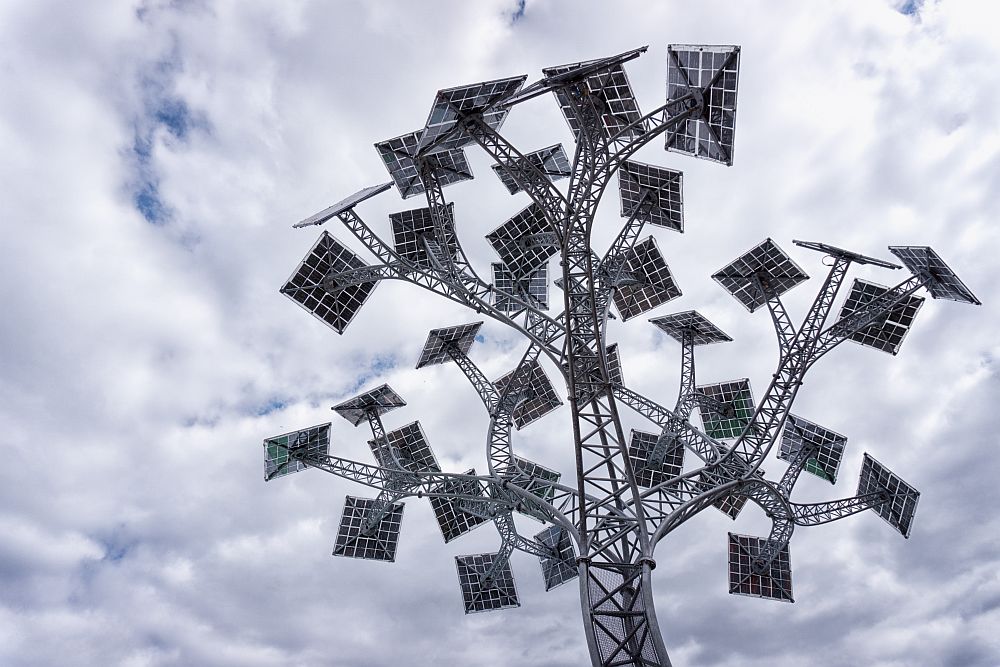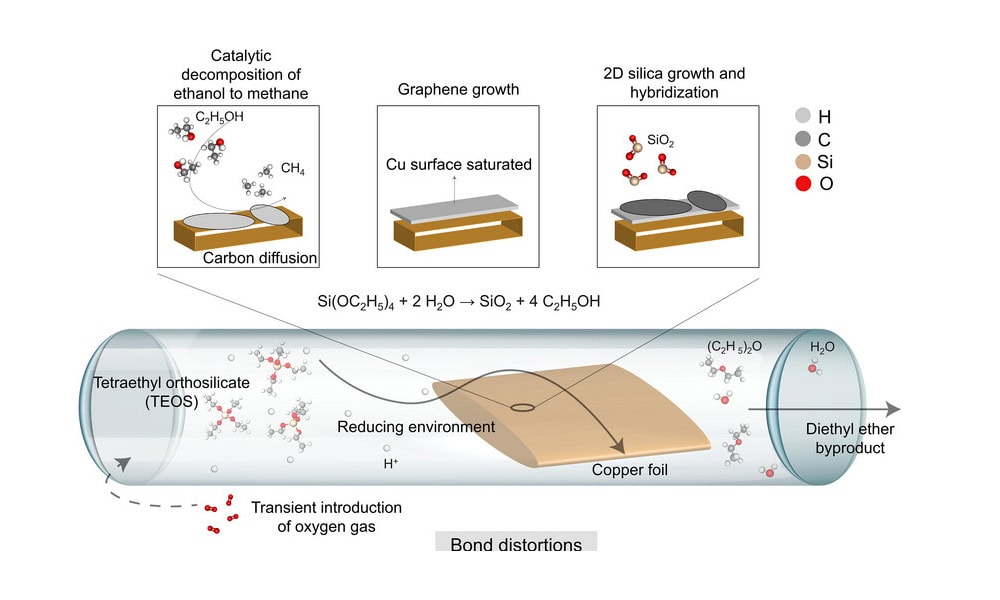For a while now, some scientists have thought that conditions necessary for superconductivity at higher temperatures exist. Now, a paper published in Science adds some fuel to their argument. It concerns the work of a group of U.S. and Japanese researchers – sponsored by a set of U.S. and Japanese government agencies – doing observations of low-temperature superconducting materials who say the spectroscopic signature of the materials seems to indicate that some superconductivity properties continue as the temperature increases.
“Our measurements give the most definitive spectroscopic evidence that the material we studied is a superconductor, even above the transition temperature, but one without the quantum phase coherence required for current to flow with no resistance,” said team leader Seamus Davis, a physicist at the Brookhaven National Lab and Cornell University, who led the research team. “The spectroscopic ‘fingerprint’ confirms that, at these higher temperatures, electrons are pairing up as they must in a superconductor, but for some reason they are not co-operating coherently to carry current.”
Recently there has been interest in the high-temperature possibilities of copper-oxide superconductors containing bismuth, strontium and calcium (BSCCO). Previously, Davis’ group was able to assemble a detailed spectroscopic signature containing all the quantum mechanical details of that superconducting state. Once this was established, they made spectroscopic observations of the cuprate material as it warmed above the 37 K transition temperature.
“We found that the characteristic signature passes unchanged from the superconducting state into the parent state – up to temperatures of at least 55 K, or 1.5 times the transition temperature,” Davis said. “We know of no explanation for why this fingerprint should remain other than that it represents the phase-incoherent superconducting state which has been proposed to exist based on other kinds of measurements.”
The group’s next step is to try to get a handle on why the cooperation between electron pairs breaks down. Their plan is to start tinkering with the doping of the copper-oxide planes in the layered material and measure the strength of quantum phase fluctuations.
Also, another group of BNL researchers has been on a similar mission, but studying how the magnetic properties of BSCCO change as temperatures are increased above normal superconducting ranges. One hurdle for this group has been creating BSCCO crystals large enough for observation, but as the accompanying picture shows, that the size problem has been solved.
“Many theorists believe that magnetism is important for high-temperature superconductivity, although they don’t agree on how it is important,” said Brookhaven physicist John Tranquada, who led the research team.
“The calculations based on the material’s electronic properties — which change dramatically as the material is cooled and transitions from its electrically resistive state to become a superconductor — predicted there would be a similar large change in magnetic characteristics below the transition temperature,” said Brookhaven physicist Guangyong Xu.
“But our direct measurements of the magnetic properties showed surprisingly little change. This implies that the model the theorists have been using to describe these magnetic properties is incomplete. It could be that the magnetism somehow drives the electronic structure, rather than the other way around — or that something underlying both magnetism and electronic structure influences both but in different ways,” Xu said.
CTT Categories
- Energy
- Material Innovations
Related Posts
‘Fairy circles’ may help mark natural underground hydrogen deposits
September 18, 2025


